If you are looking for a sport that provides great exercise, is highly enjoyable and will give you an adrenaline rush all at the same time, rock climbing might just be for you. Being that Peli’s headquarters are based in Barcelona, Spain and that Catalonia is regarded as one of the finest sport climbing venues in Europe, we thought we could put together a quick guide on getting started with climbing. All you have to do is follow these steps in this post.
What is rock climbing?
First thing’s first, let’s just define rock climbing for those that are not familiar at all with it and what it entails. The sport or activity of rock climbing involves climbing up, down or across rock face formations or artificial rock walls. This is usually done with the aid of ropes and other special equipment (although if you’ve ever seen the spectacular documentary film Free Solo, you’ll know this isn’t always the case—that being said, we recommend you use ropes and all the other appropriate accoutrement, which we will describe later in this guide). The goal of the sport is to reach the summit of the rock formation or the endpoint of a route without falling.
Step 1: Get Yourself a Guide
The first step in your journey to becoming a “rock jock” is to find yourself a good, preferably qualified, guide. You may also start out with experienced friends that already climb, especially if you are to begin climbing indoors at a gym, but a qualified guide is probably the best and safest bet in any setting. There are rock climbing schools that offer classes, local climbing organisations all over the world or you can just go to an indoor gym and start there with an instructor.
Step 2: Choose a Climbing Discipline
There are a variety of disciplines when it comes to climbing. Each one requires different types of gear and training. Whichever type of climbing you decide to start with will also determine the places you can climb and the routes you can take. The three types of climbing that you will likely undertake as a beginner are indoor climbing, bouldering or outdoor top-rope climbing.
Indoor Climbing
Usually, indoor climbing requires a gym membership; however, many universities and public recreation centres have a wall or freestanding pinnacle where a person can try indoor top-rope climbing or bouldering. We will get into what those types of climbing are soon.
Indoor climbing facilities utilize artificial hand and footholds that are placed in the wall or pinnacle to create routes of varying levels of difficulty. despite being screwed or bolted into the wall, they are removable, which allows those that run these facilities to reset the routes, easily moving the holds from one spot to another to create endless new climbing routes on the same wall or pinnacle.
The advantages that the indoor climbing facility offers are numerous:
- It’s accessible whenever the facility is open (in some cases this could be 24/7)
- It is non-weather dependent
- Generally available anywhere in the world (whereas outdoor climbing isn’t always accessible depending on the region where you are based)
- You can rent the gear first to try out the sport before you invest in your own gear
Bouldering
Bouldering is a discipline of rock climbing that requires the least amount of time and gear. Bouldering generally speaking only requires climbers to climb as high as one can jump off comfortably to the ground. Thus, the gear that is required is really only the shoes, chalk and if you plan to do bouldering outdoors, a crash pad to cushion falls. Bouldering is great for beginners, as it allows them to work on strength and movement, while also not being exposed to long falls. It is also great for experienced climbers to hone their skills, while there are even some seasoned climbers that solely focus on bouldering.
Outdoor Top-Rope Climbing
Top-rope climbing, or top-roping, is a discipline that involves anchoring the climbing rope to a spot at top of the route and then climbing toward that anchor spot while another climber below keeps the rope taut.
The idea with the anchor spots and taut rope is that it minimises the distance one can fall if they slip while climbing. This is the reason it is the first type of rope climbing one will do in both indoor and outdoor climbing areas.
The term that is used to describe the person who holds the rope taut, pulling in the slack as the top-roper climbs, is known as the “belayer”. Belaying is a role that is critical to top-rope climbing. The belayer should be a guide, instructor or highly skilled climber with whom one should begin climbing.
Step 3: Get you Gear
Although most gyms will be able to provide you with the gear you need for rent, at some point you may need to invest in your own gear. This will be essential when climbing outdoors as you progress as a rock climber.
Climbing Attire
Climbing attire should not restrict movement or get in the way of the rope. It should be breathable, waterproof to some extent to wick away sweat and other moisture, and it should also dry fast. And just as you would for hiking, if you’re climbing outdoors, bring extra sets of clothes to change into in case weather conditions change. Check out our hiking gear guide for more information on that.
Rock Climbing Shoes
Climbing shoes are a necessity as they protect your feet while also providing the necessary friction needed to hold your grip in footholds. Although most climbing shoe styles are versatile, one’s skill level as well as the area in which they are is climbing will be determining factors in the choice of shoe.
Although rock climbing shoes should fit snugly without being painfully tight, the general rule for shoes is that they should be tighter the more technically challenging the climb.
Climbing Helmet
When climbing outdoors, one should always wear a helmet that is made specifically for climbing. They are all made to protect against falling debris like rocks, while some are also meant to protect the head in case of a fall. These are generally speaking used for outdoor climbing only, as indoor climbing is done in a controlled environment.
The helmet, similar to the shoes, should fit snugly, but still be comfortable. It should also fit flat on the head.
Climbing Harness
As mentioned previously, unless you are bouldering, you will be needing a harness, which consists of two basic parts:
- The waist belt which should fit snugly over the hips and
- The leg loops which go around each leg
The harness will allow the climber to tie into the rope securely and efficiently. All harnesses will have two points designed to thread the rope and tie it in. One tie-in point is located at the waist and the other at the leg loops. There is also usually another tie-in point that is dedicated for belaying. There are varying harness types for the different types of climbing, so it’s important to do some research before purchasing a harness.
Chalk
Chalk is popular in sports where grip is important, such as gymnastics, Olympic-style weightlifting and powerlifting, to name a few. The reason for this is that it absorbs perspiration on the hands, allowing for a tighter more secure grip. And just like the aforementioned sports, climbing also requires chalk to improve grip. Chalk is usually carried in a small pouch that is hung from the waist on a belt.
Carabiners
Carabiners are strong, light-weight metal rings equipped with spring-loaded gates to connect the climbing rope to pieces of climbing protection such as bolts, nuts and other devices. The beginner will likely purchase first a locking carabiner that is designed to be used with a belay device.
Belay Device
Which bring us to the belay device. As we described earlier, the belayer keeps the rope taut and the belay device is what increases the friction that helps the belayer catch a fall, lower a climber, pay the rope out gradually as the climber advances or reel in slack smoothly.
Climbing Ropes
Of course, if there is any piece of gear that is essential it’s the rope. There are two basic categories of rope:
- Dynamic rope is elastic to a certain extent and is designed to absorb the energy of a fall
- Static rope which is stiffer and designed more for rappelling and rescue operations
Climbing “Pro”
Although as a beginner climber, this may be less necessary, these devices are used to secure climbing rope to the rock. They are placed in a crack or hole in the rock, preventing the climber from falling significant distances if they slip. This is often referred to as climbing protection or in the climbing community simply as “pro”. The types of pro include devices known as cams, chocks and nuts. As a beginner doing top-rope climbing or bouldering, indoors or outdoors, this won’t likely be necessary, but as you progress to more advanced climbing types not discussed in this article, such as traditional “trad” climbing, this will become a necessity.
Crash Pads
As mentioned previously, if you are going bouldering outdoors, you’ll want a crash pad to cushion falls or even jumps from the rock face.
Step 4: Choose a Route
Choosing your route is the last step you’ll need to take to finally start your journey to becoming a real rock jock. Although Europe has many great climbing spots, we are partial to those in Catalonia. Having said that, we encourage you to read this guide from REI to the best spots to climb in Europe, a couple of which are indeed located in Catalonia.
How Peli Helps Climbing Enthusiasts
Those that love outdoor recreation activities, including climbers, can benefit from a number of Peli’s products which are perfect for climbers.
Personal Utility Cases
Personal items like keys, wallets and phones, may need some kind of protection on a great outdoor climbing adventure. It can get wet, dirty, and dusty out there in the great outdoors, thus your best bet to keep all of these personal items protected is an IP68 rated PELI Ruck™ case.
The RUCK case is the ultimate personal utility case for your personal gear that is crushproof, dustproof, watertight and adventure proof. These ultimate personal utility cases are an innovative and strategic storage solution designed by Peli's engineering team to help the user protect their small electronics, phones, wallets, keys and tools from external elements with total peace-of-mind.
Headlamps & Torches
While we are at it, a headlamp or a hand-held torch may also come in handy. It can get quite dark out there away from the bright lights of the city and there are any number of scenarios where a headlamp or torch can come in handy. Peli has a number of different headlamp and torch options, so check them out before you go out on your next outdoor climbing adventure empty handed.


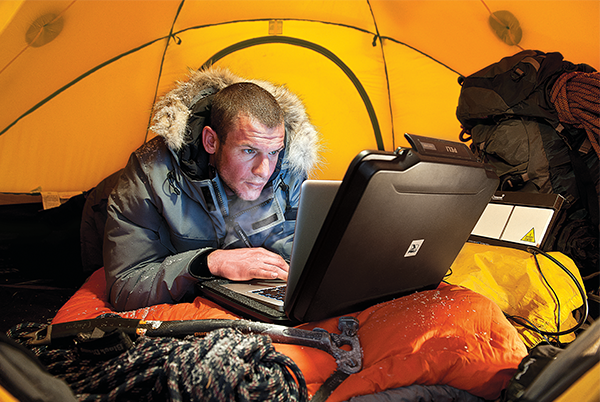


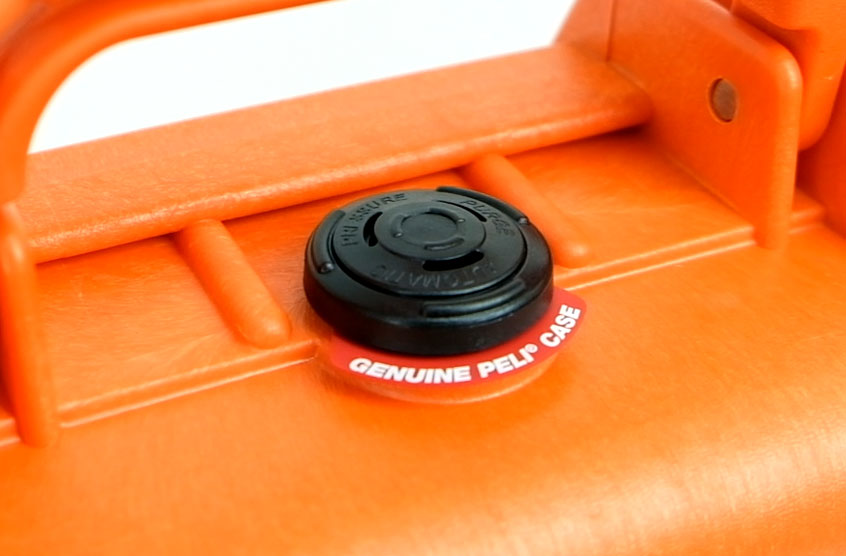
.png)

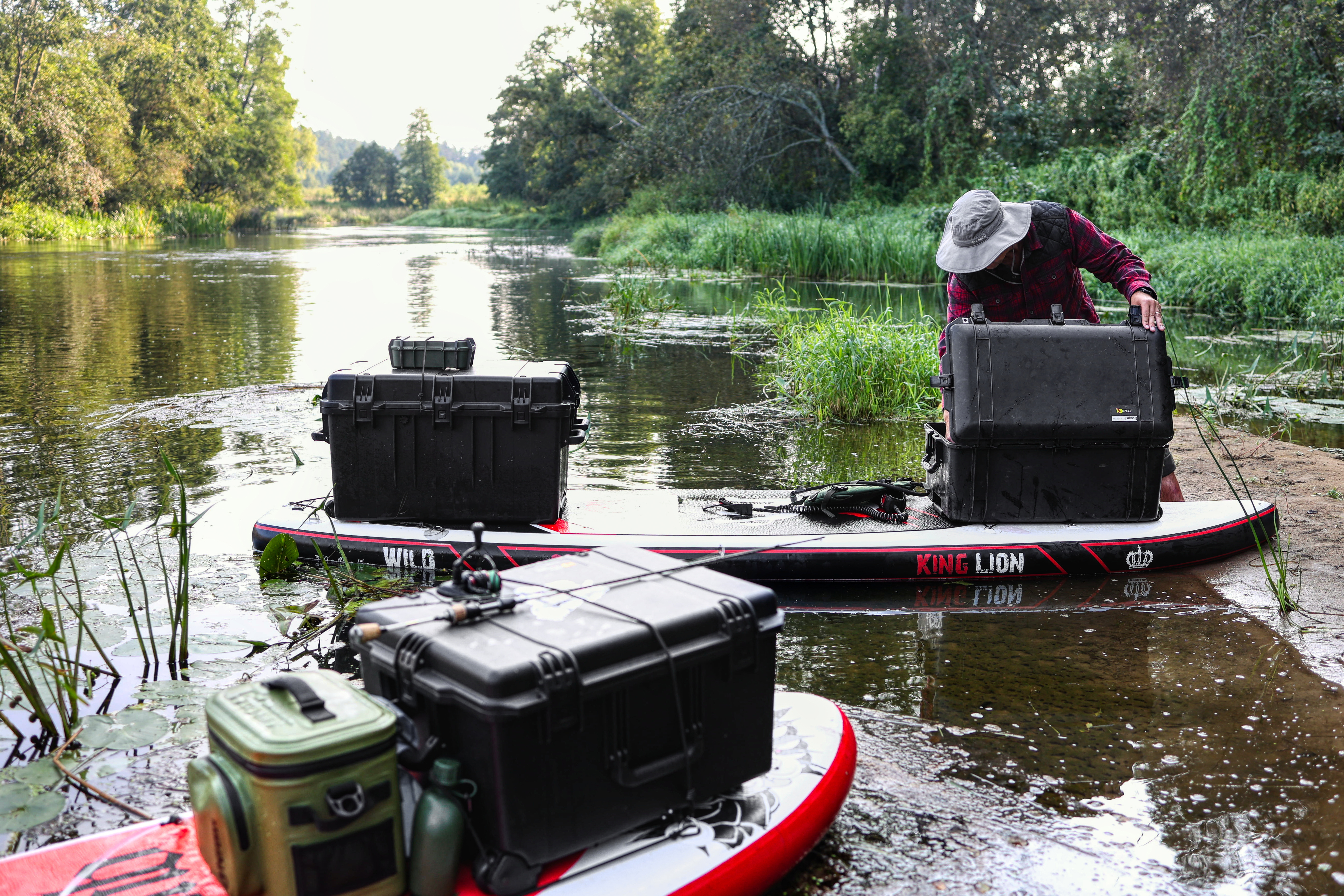

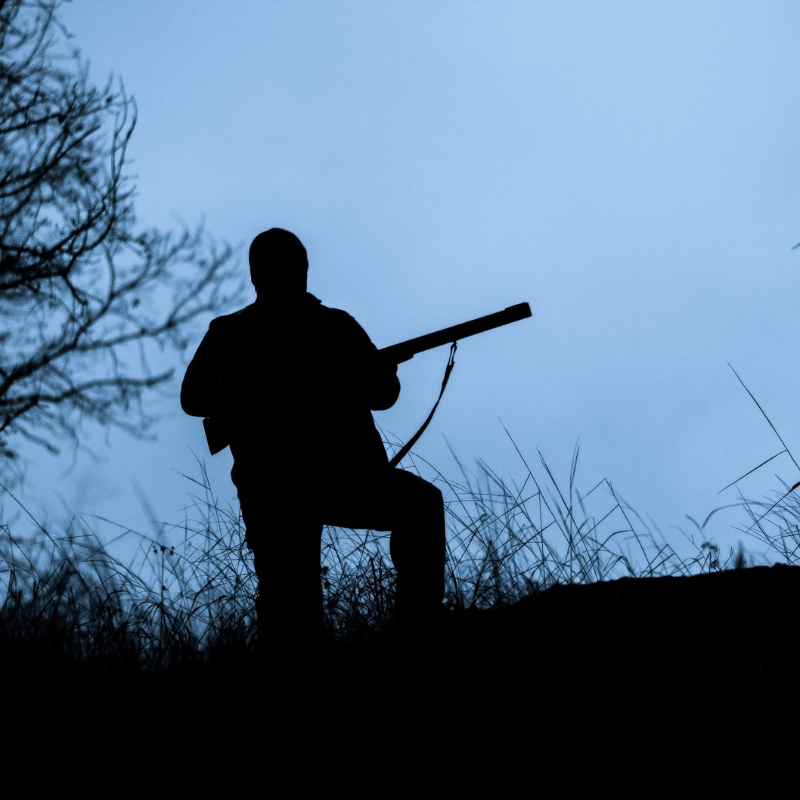

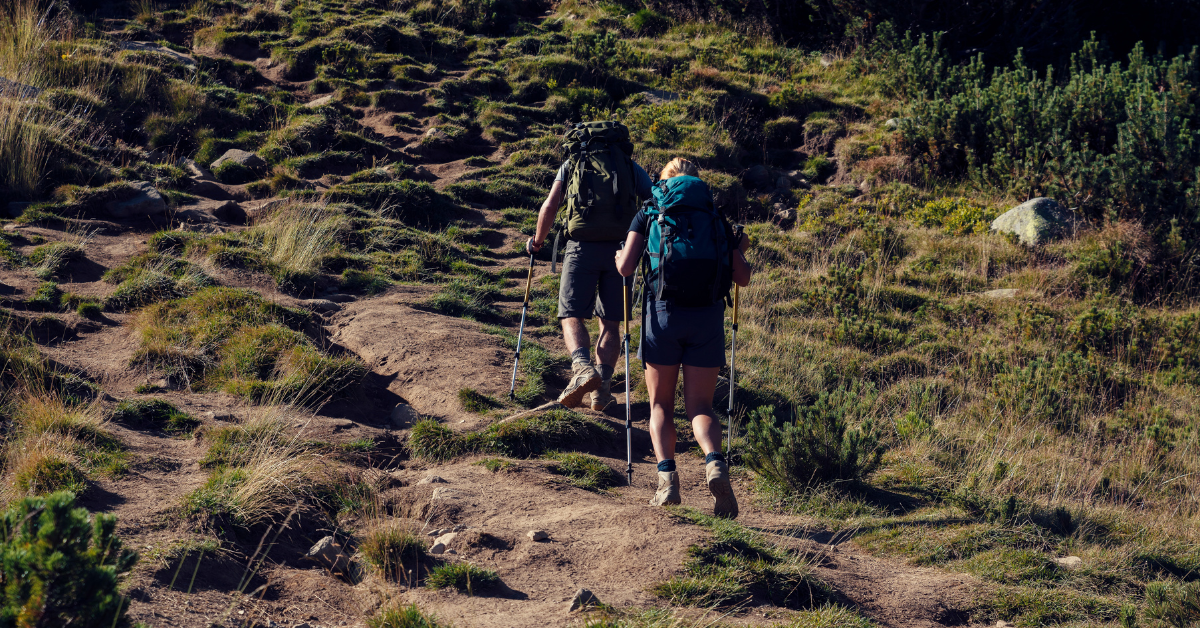
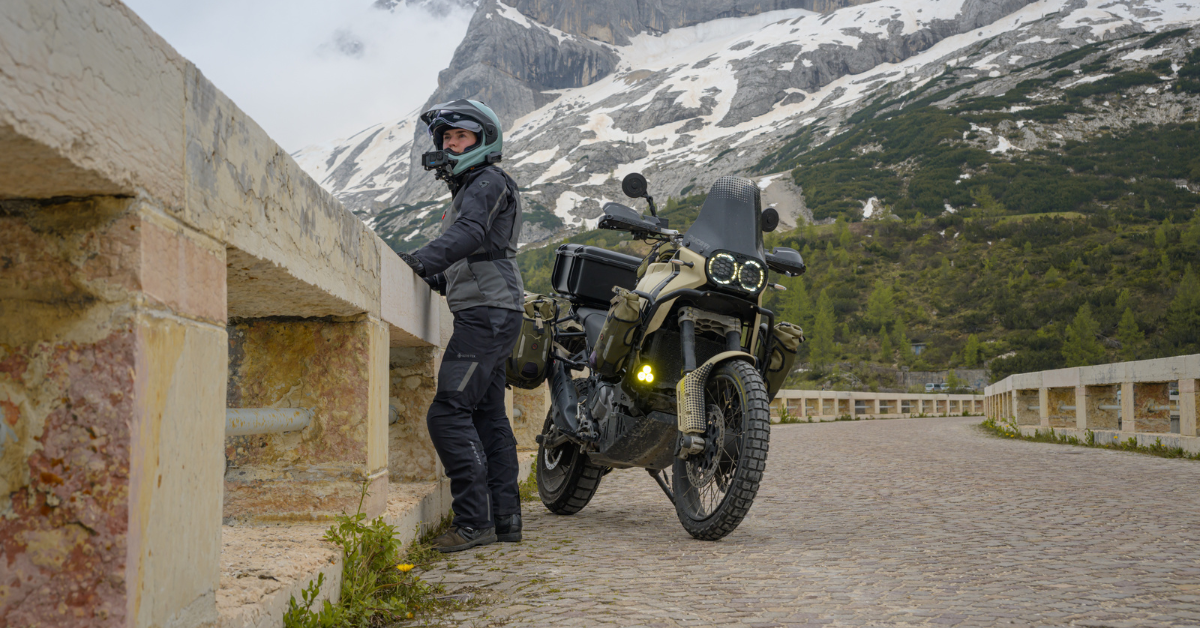
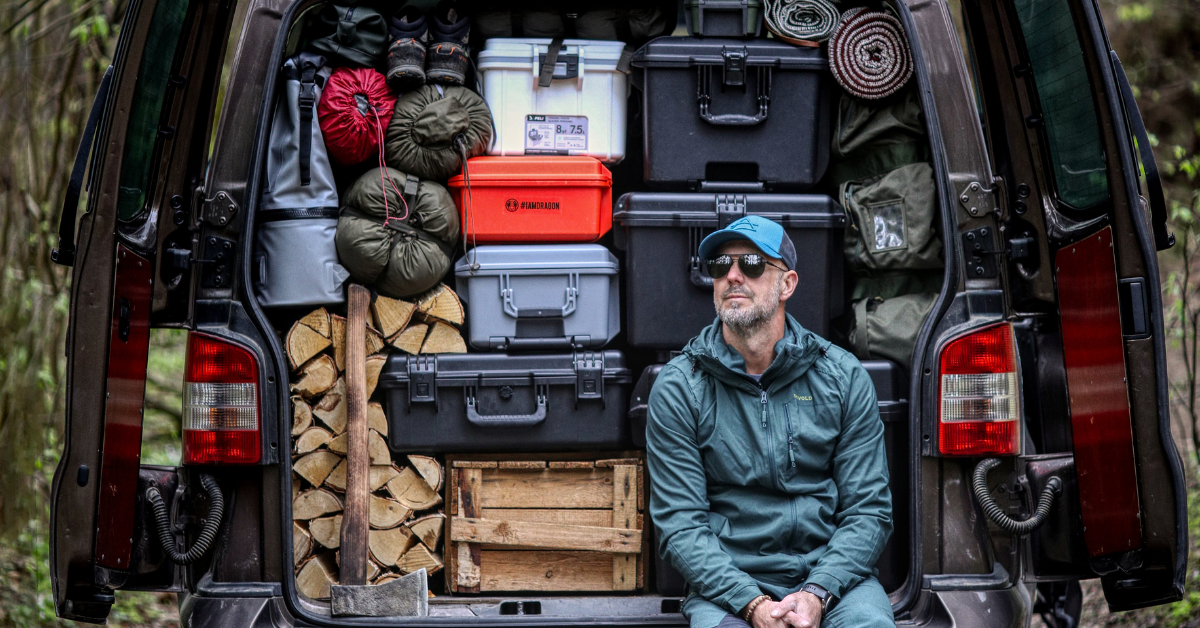
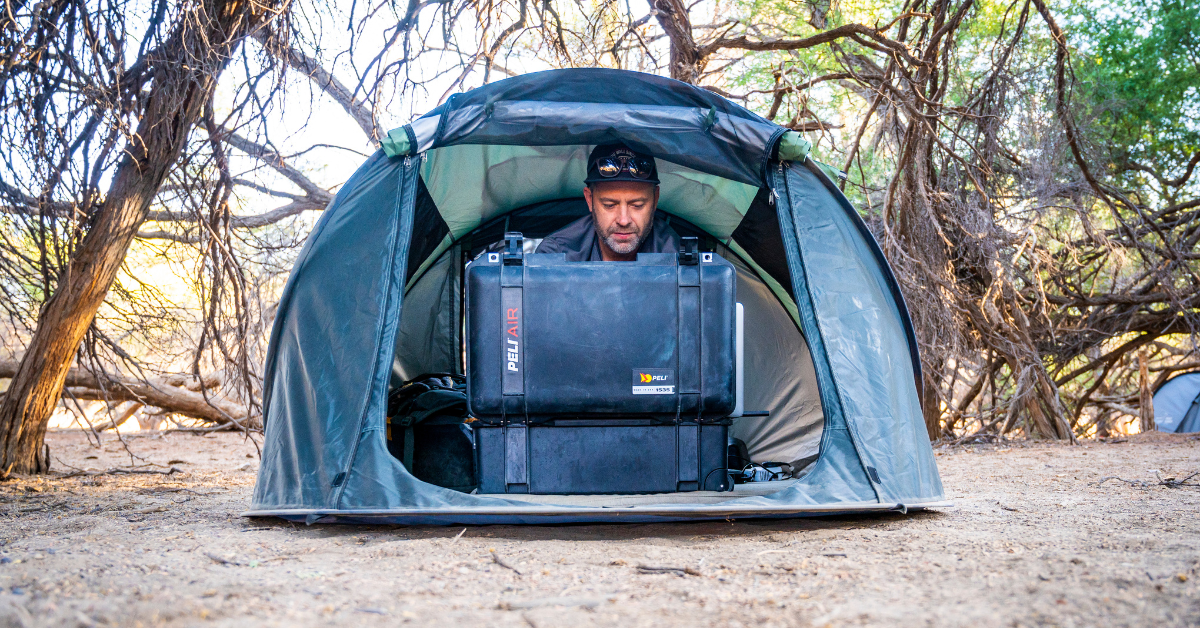
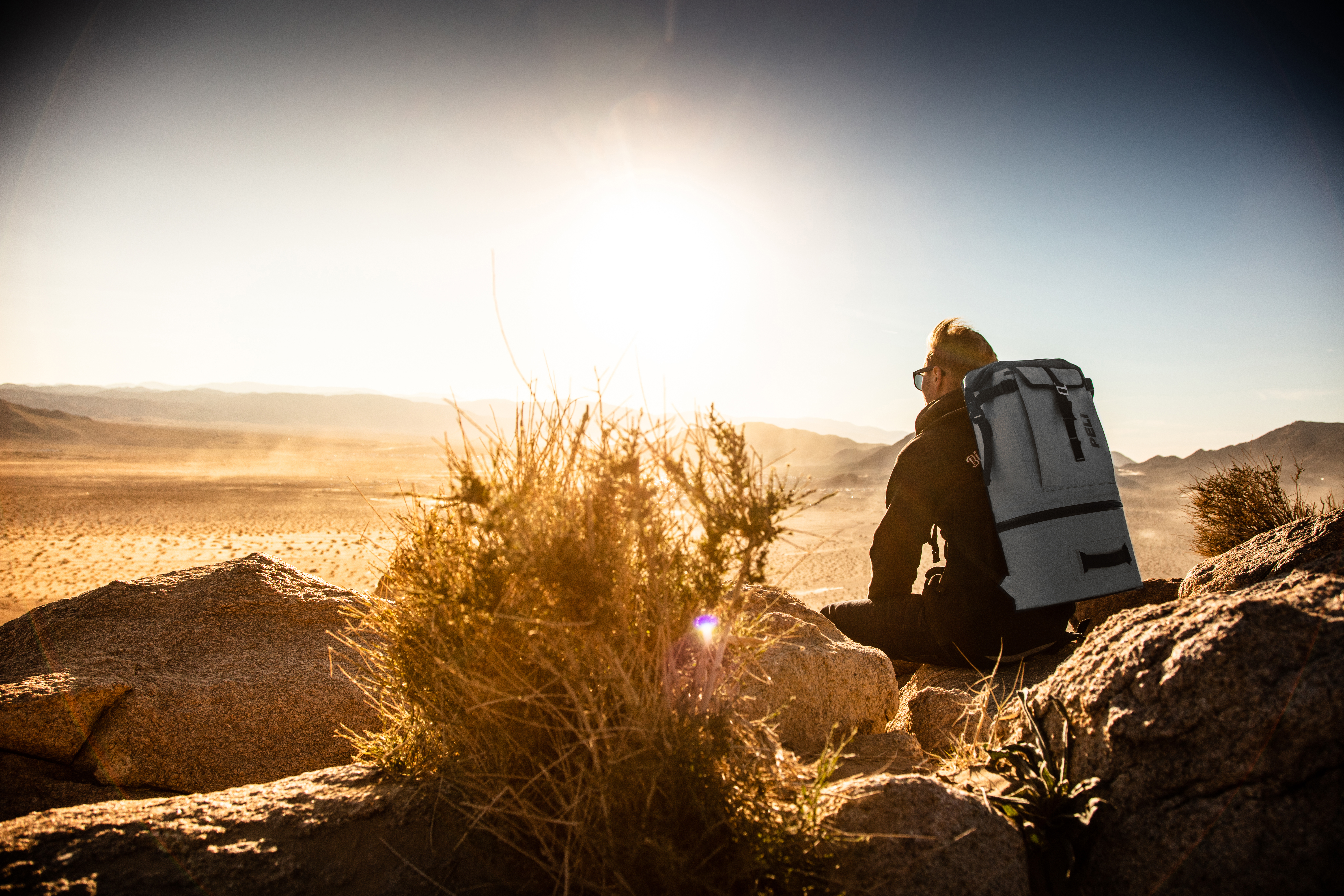

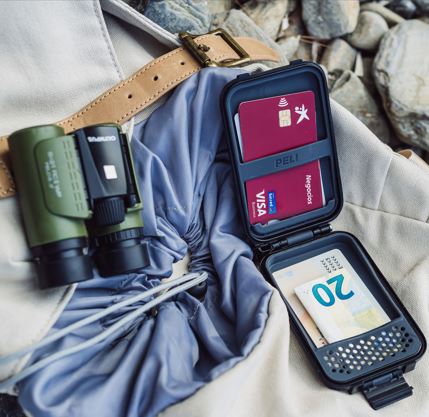
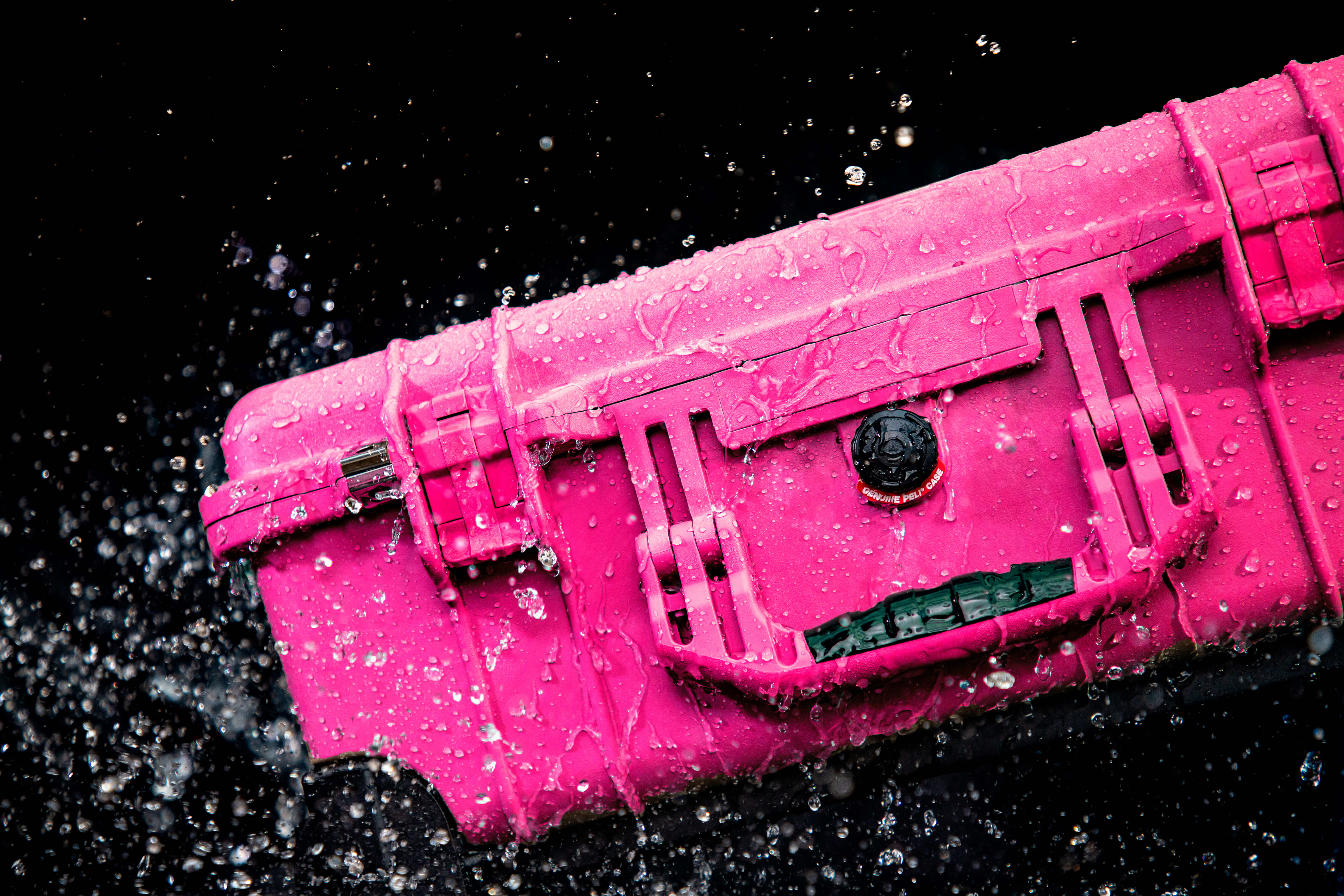
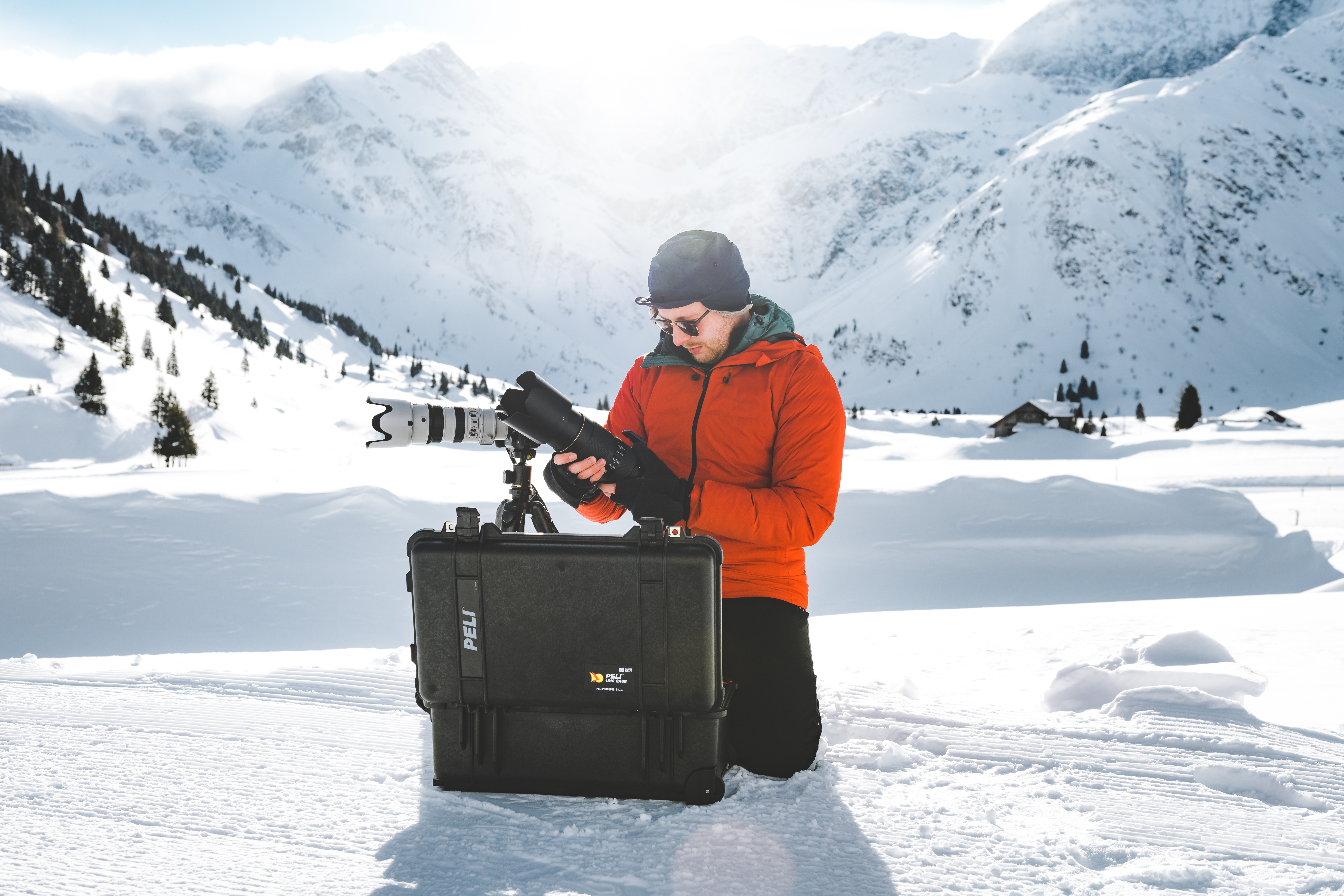
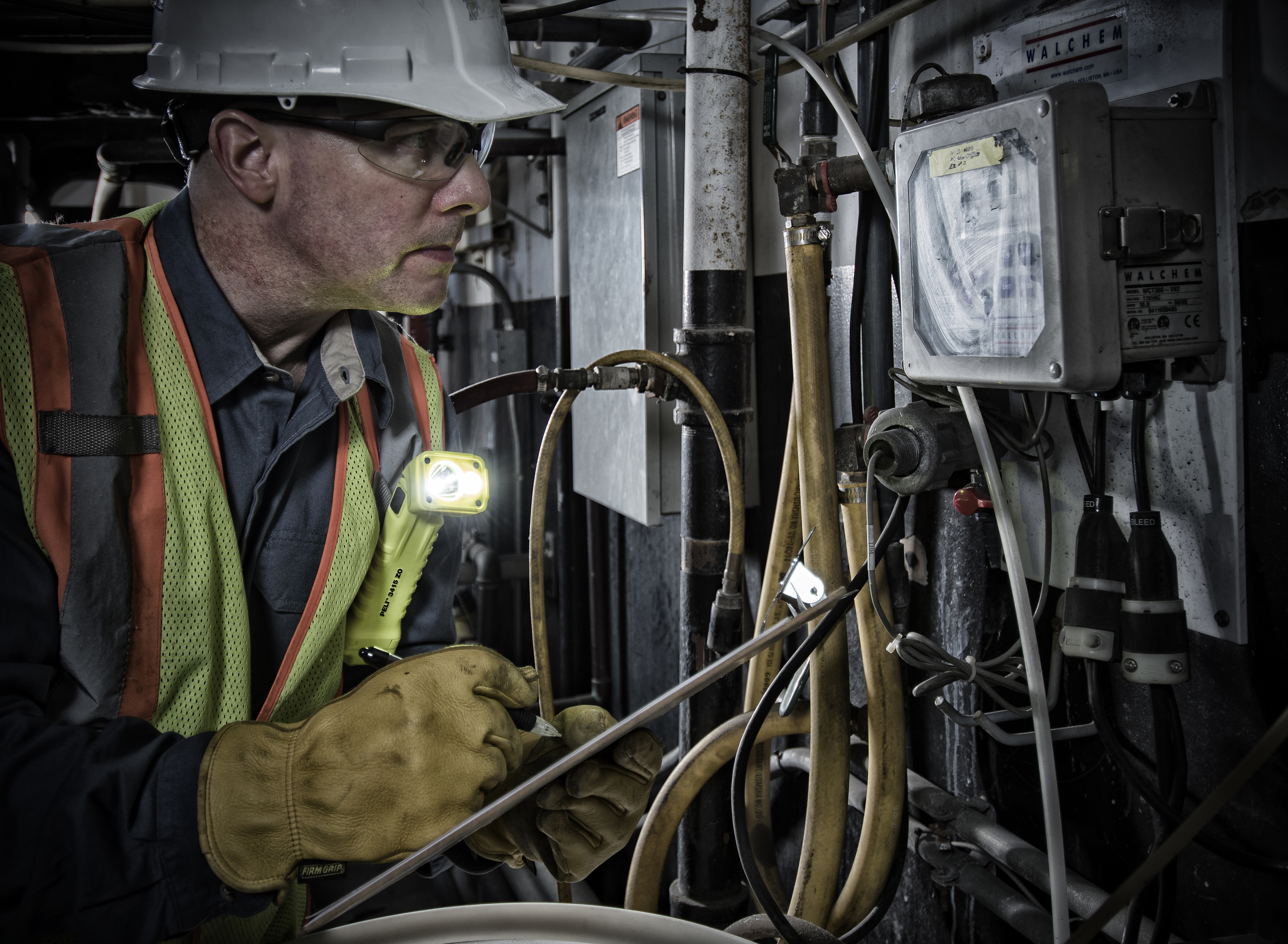
Post a comment